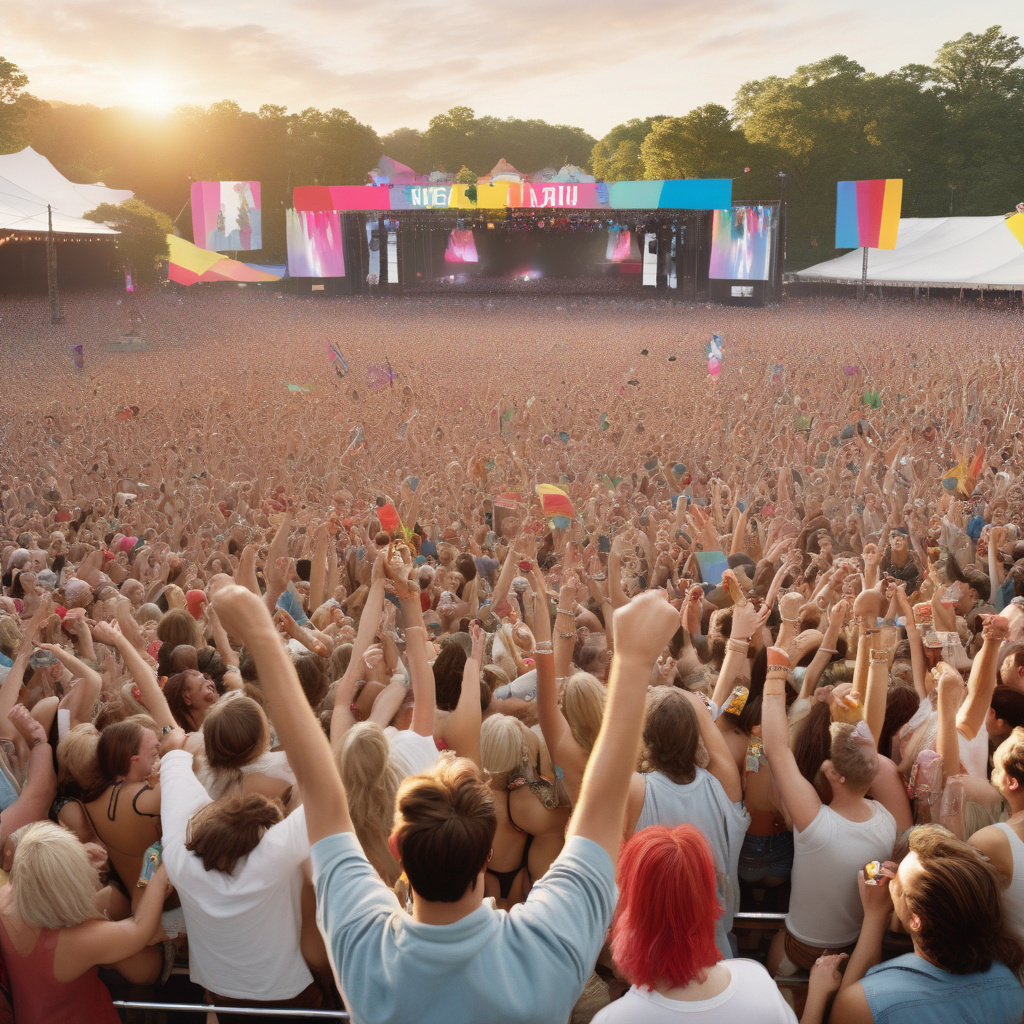In the realm of iconic music events, few gatherings hold the legendary status of Live Aid. The 1985 charity concert, masterminded by Bob Geldof, united a star-studded lineup for a cause greater than themselves. One standout act that still reverberates through time is Queen’s electrifying 21-minute set led by the incomparable Freddie Mercury. Their performance wasn’t just music—it was a seismic cultural moment that transcended borders, captivating audiences worldwide.
As we reflect on such historic occasions, one stark reality emerges: the landscape of live events has transformed irreversibly. The culprit? Our constant companions, smartphones. While these devices offer unparalleled connectivity and convenience, they’ve also altered the very essence of live experiences. In today’s concerts, instead of a sea of engaged faces, we often see a sea of screens, each capturing snippets of the spectacle unfolding before them.
The pervasive trend of documenting every moment for social media clout has shifted the concert dynamic. Attendees are more focused on framing the perfect shot than immersing themselves in the magic of the performance. The collective euphoria once shared in live music events has given way to a fragmented audience, each preoccupied with curating their personal highlight reel.
Moreover, the ubiquitous presence of social media has eroded the element of surprise. What was once a shared, communal viewing experience now risks being diluted by pre-show spoilers flooding timelines and news feeds. The thrill of witnessing a live performance in its entirety, unfiltered and unspoiled, is becoming increasingly rare in an era where every second is documented and disseminated online.
So, how do we reclaim the enchantment of yesteryears, akin to Queen’s transcendent Live Aid set? The answer lies in a simple yet profound gesture: disconnecting to reconnect. By momentarily setting aside our phones and relinquishing the compulsion to document every moment, we can rediscover the pure joy of live music. Immersing ourselves fully in the present, without the mediation of screens, allows us to forge genuine connections—with the music, the artists, and fellow concertgoers.
While imposing a blanket ban on smartphones may not be feasible or practical, artists and event organizers can explore alternative strategies to foster a phone-free concert environment. From designated phone-free zones to innovative tech-deterring wristbands, there are creative solutions to encourage audiences to be fully present and engaged during live performances.
Ultimately, the legacy of concerts like Live Aid serves as a poignant reminder of a bygone era—a time when the magic of music transcended screens and devices, uniting people in a shared moment of pure, unadulterated joy. While we may never fully recapture the essence of those historic performances, we can strive to honor their spirit by embracing the power of live music in its most authentic, unfiltered form. So, next time you find yourself at a concert, consider capturing a fleeting memory before stashing away your phone to savor the magic unfolding before you. After all, the greatest spectacles are meant to be experienced, not just witnessed through a screen.

